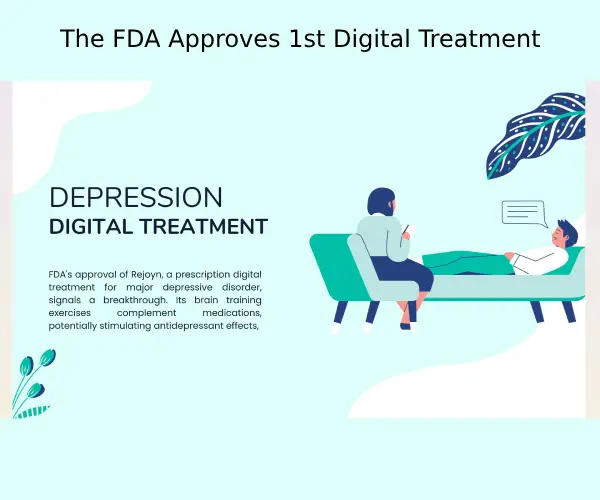Pakistan Grapples with Soaring Drug Prices: DRAP Takes Action to Address life saving drugs Shortages

In Pakistan, a pressing healthcare crisis has taken center stage, overshadowing other economic concerns. The scarcity of life saving drugs has reached a critical juncture, prompting urgent action from the Drug Regulatory Authority of Pakistan (DRAP).
Against this backdrop, petroleum and electricity prices have also surged, compounding the nation’s economic challenges. Let’s delve into the primary focus of this article – DRAP’s actions to address the drug shortage and the specific medicines that have become scarce in the country.
DRAP’s Commitment to Tackle Medicine Shortages:
Recognizing the severity of the situation, DRAP has taken a crucial step by establishing a dedicated committee to address the shortage of life-saving medicines.
This committee, headed by Additional Director Dr. Syed Zia, has been tasked with proposing comprehensive strategies to alleviate the scarcity of these essential medications.
The committee will also engage with pharmaceutical manufacturers and importers to ensure the availability of these drugs to the public.
Life Saving Drugs in Short Supply:
The shortage of life-saving medicines across Pakistan has cast a shadow of uncertainty over the healthcare landscape. Some of the vital medicines that have become scarce include insulin, critical for diabetes management, as well as medications for blood pressure control and other life-saving drugs.
These shortages have raised significant concerns among healthcare professionals and the public.
Factors Behind Escalating Drug Prices:
The escalating prices of medicines in Pakistan are attributed to several factors. Chief among them is the fluctuating value of the US dollar in the international market.
Since Pakistan relies heavily on imports for pharmaceutical raw materials, the increased dollar value has inflated production costs, subsequently driving up drug prices.
The Broader Economic Context:
Amidst these healthcare challenges, Pakistan also faces economic woes on other fronts. The month of August witnessed a remarkable three-fold increase in petroleum prices, leading to a surge in transportation costs and affecting the overall cost of living.
Additionally, the soaring electricity prices have ignited protests across the nation, further compounding the financial strain on the populace.
Impact of life saving drugs on Public Health:
The shortage of life-saving medicines has profound implications for public health. Patients who depend on these drugs to manage chronic conditions find themselves at risk, as the unavailability of medications leads to complications and suffering.
Some individuals are forced to resort to the black market, where these essential medicines are sold at exorbitant prices, exacerbating the crisis.
Government’s Balancing Act:
The government is confronted with the formidable task of managing these interconnected crises while ensuring fiscal responsibility. It must find solutions to stabilize drug prices, address electricity and petroleum price concerns, and prioritize the welfare of its citizens.
In conclusion, Pakistan is grappling with a multifaceted challenge encompassing the shortage of life saving drugs, soaring petroleum and electricity prices, and broader economic uncertainties.
DRAP’s proactive measures to address the life saving drugs shortage are a crucial step towards alleviating this healthcare crisis. The government’s response will play a pivotal role in stabilizing the overall economic landscape and safeguarding the well-being of the Pakistani population.
Nowadays, there is an interim government that grapples with a multitude of crises, from skyrocketing petroleum prices to the devaluation of the rupee against the dollar. This dire economic situation has forced a significant number of Pakistanis to flee the country in search of better opportunities abroad.
The interim government faces the daunting challenge of stabilizing the nation’s economy, addressing life saving drugs shortages, and mitigating the impact of soaring utility costs, all while striving to restore confidence and ensure a brighter future for its citizens.
The resilience of Pakistan and the effectiveness of its leadership in managing these crises will determine the path ahead.







